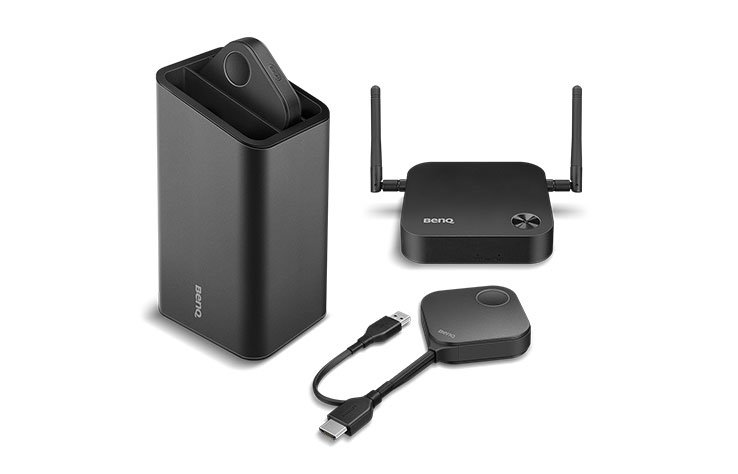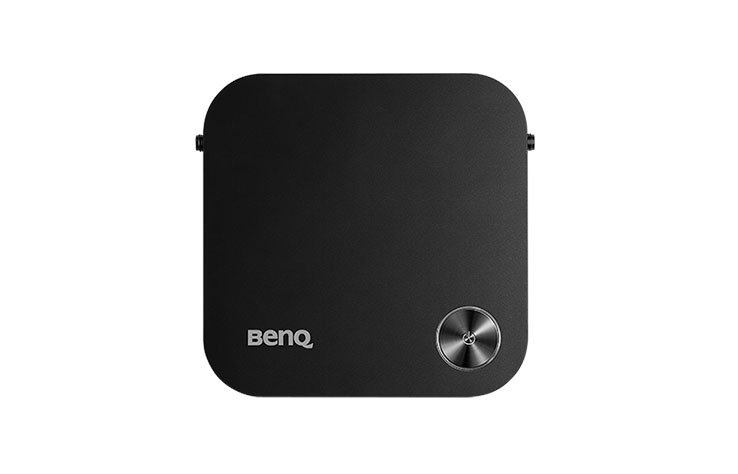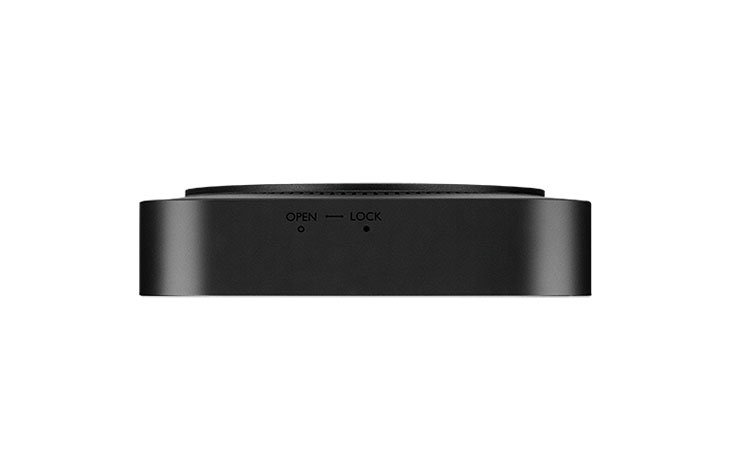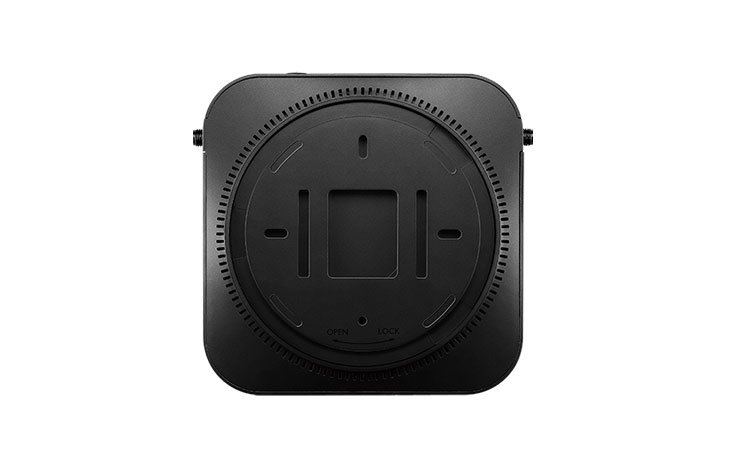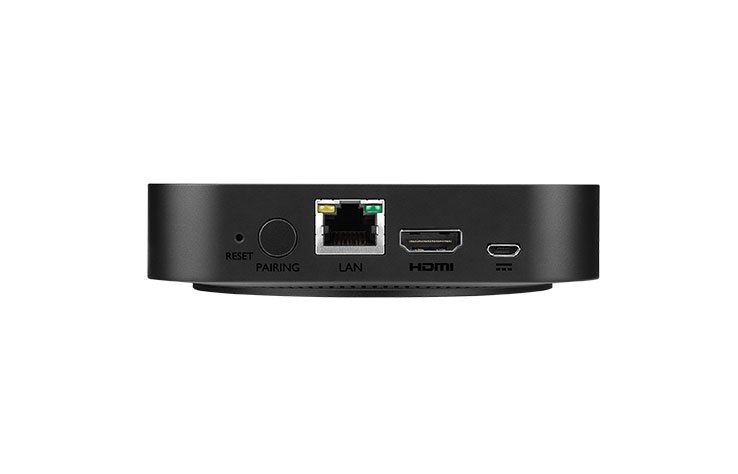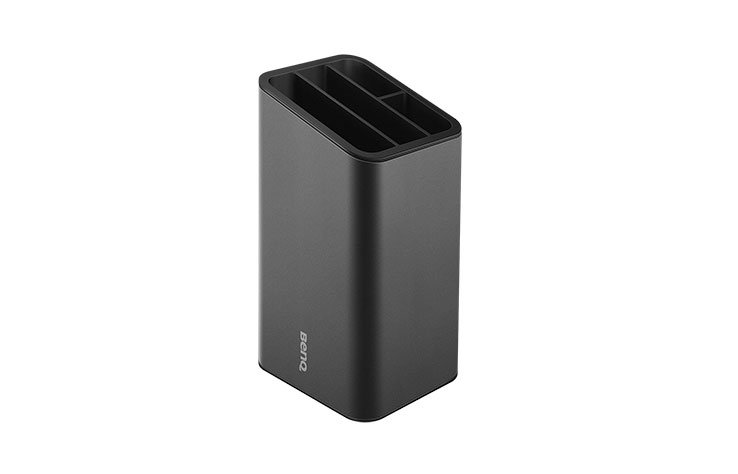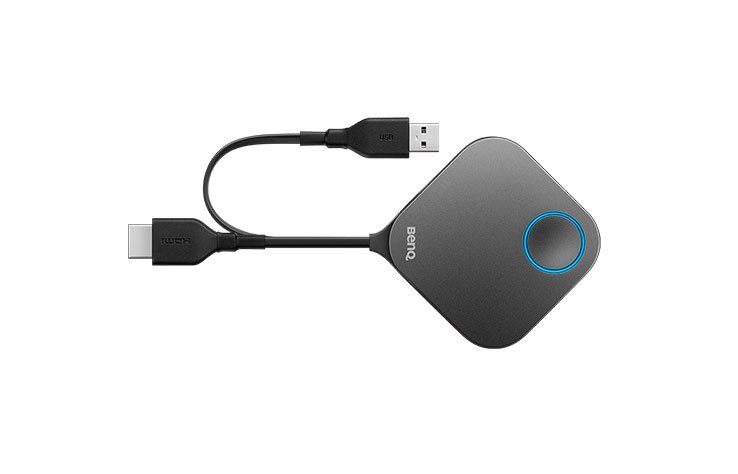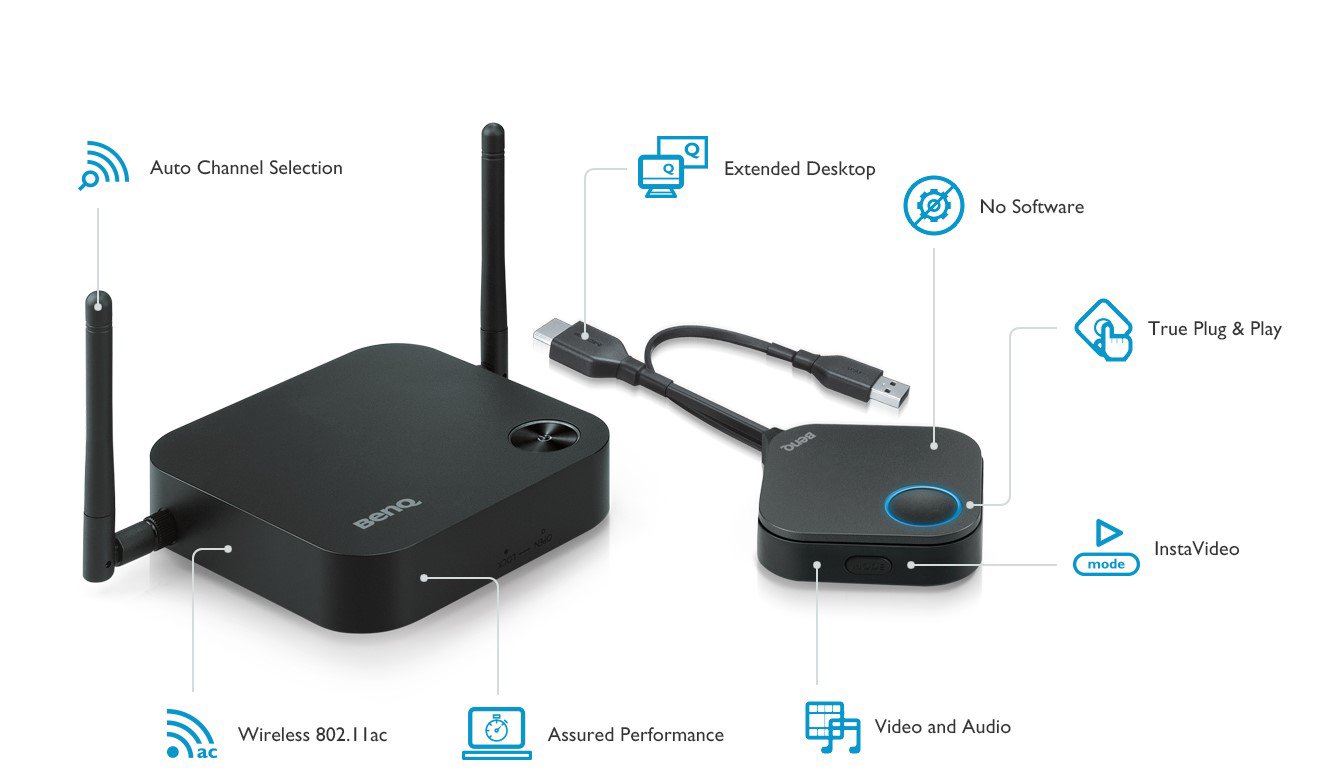What is the best Optoma QuickCast Pro-K alternative for collaboration rooms?
The Optoma QuickCast Pro-4K is a new wireless display and presentation system that is designed to make it easy to share your screen on a projector or flat panel display. But with more than 40 other competitors on the market, which one is right for your huddle spaces and collaboration rooms?
The QuickCast Pro-4K builds on the trend towards button-based wireless HDMI presentation systems to enable easy screen mirroring in the meeting room. The Optoma unit directly competes with the market-leading BenQ InstaShow and Barco ClickShare platforms at the strategic $999 price point (based on the market data from Futuresource Consulting). So what is the difference between these products and how they stack up on these three questions?

